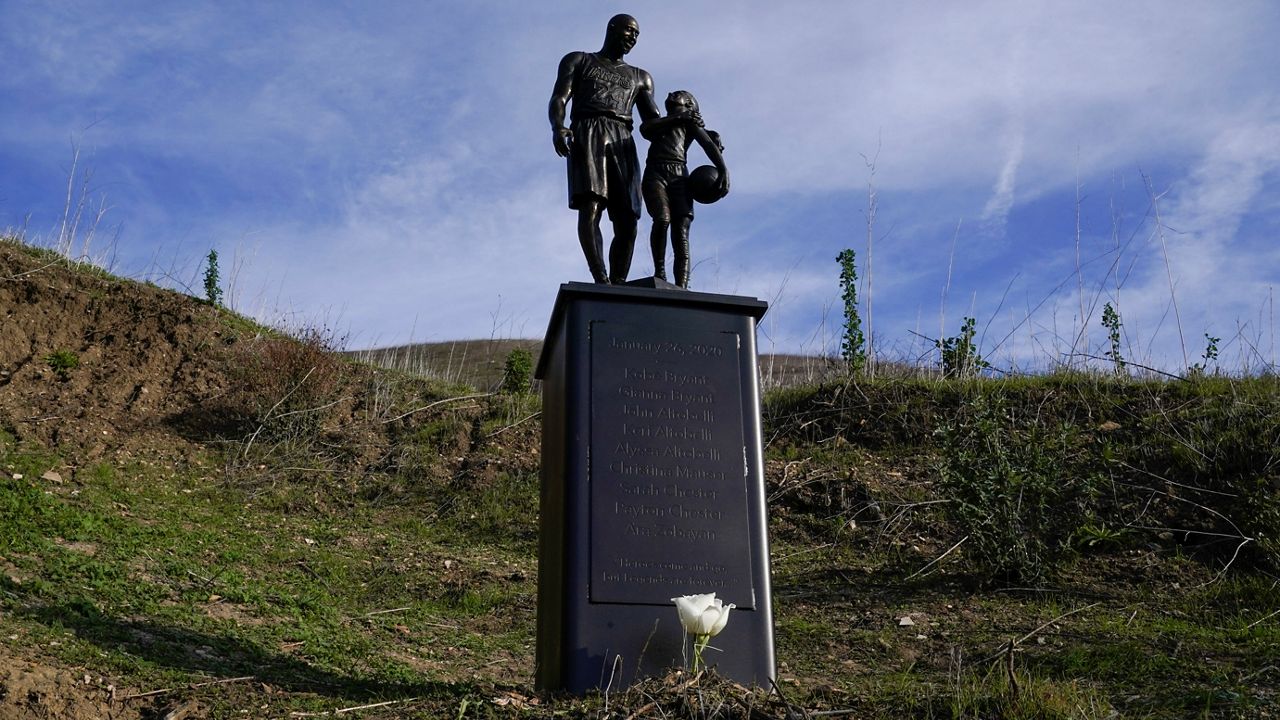LOS ANGELES (CNS) — The Los Angeles County Board of Supervisors Tuesday directed the sheriff’s and fire departments to submit written reports within 45 days on their plans for implementing training regimens on strict policies barring personal photos of human remains at crime and disaster scenes.
The policies are a direct result of photos snapped by first responders at the scene of the January 2020 helicopter crash that killed Laker legend Kobe Bryant, his 13-year-old daughter Gianna and seven others.
In August, a federal jury ordered the county to pay $30 million in damages for invasion of privacy and negligence over the photos. The damages were awarded to Bryant’s widow, Vanessa, and Chris Chester, whose wife and daughter also died in the crash.
Shortly after the jury verdict, Supervisor Janice Hahn introduced a motion calling on the sheriff’s and fire departments to develop and implement policies to explicitly forbid employees of both departments from taking pictures of human remains and sharing them with others. In the Bryant case, deputies were found to have shared cell phone images taken at the crash scene with other department members and some members of the public.
The sheriff’s department adopted a policy in July 2020 that requires deputies to preserve the dignity and privacy of the deceased and their families by banning deputies from photographing human remains by anybody except certain authorized personnel. The fire department has a similar policy, but it hasn’t been implemented yet. The department plans to implement the new policy in January 2023.
The motion approved by the board unanimously on Tuesday asks for reports from both departments on their plans for developing training programs to ensure all employees are aware of the policies.
“Our failure to prevent those photos from being taken hurt Vanessa Bryant and Chris Chester as well as LA County taxpayers who ultimately had to foot the bill of the massive settlements,” Hahn said in a statement. “It is important that (we) have new policies for our first responders on the books, but those policies will only be as effective as the training that comes along with them. We need all our current first responders and every new hire to be educated about what these new policies mean and trained explicitly in what is expected of them.”



